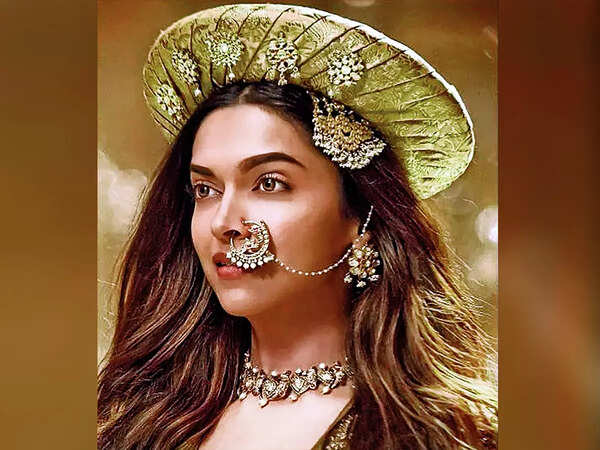Deepika Padukone Bajirao Mastani Nose Ring

The intricate nose ring worn by Deepika Padukone in the Bollywood epic Bajirao Mastani became more than just a piece of jewelry. It sparked a cultural debate that continues to resonate, touching upon themes of historical accuracy, cultural appropriation, and the power of adornment in cinematic storytelling.
This article delves into the multifaceted impact of the "Mastani nose ring," examining its design origins, its portrayal in the film, and the subsequent discussions it ignited regarding representation, authenticity, and the responsibility of filmmakers when depicting historical figures and cultural artifacts.
The Design and Significance
The nose ring, a prominent feature of Padukone's portrayal of Mastani, was meticulously crafted to reflect the aesthetics of the era.
While drawing inspiration from traditional Indian jewelry, its specific design sparked discussion about its historical accuracy concerning Mastani, a historical figure whose cultural background and religious identity are complex and subject to varied interpretations.
Many historians and cultural commentators raised questions about whether the nose ring accurately represented the fusion of cultures present in Mastani's life, given her mother's Persian-Muslim heritage and her father's Hindu Rajput lineage.
Authenticity Versus Artistic License
The debate surrounding the nose ring's authenticity highlights the tension between historical accuracy and artistic license in filmmaking.
Filmmakers often take liberties with historical details to enhance the narrative or create a more visually compelling experience.
However, these choices can draw criticism when they are perceived as misrepresenting history or appropriating cultural symbols without proper understanding or respect.
Cultural Appropriation Concerns
Some critics argued that the use of the nose ring, particularly if it was not entirely accurate for the character, could be seen as cultural appropriation.
Cultural appropriation, in this context, refers to the adoption or use of elements of a minority culture by members of the dominant culture without understanding or respecting their original meaning and significance.
Critics underscored the importance of diligent research and consultation with cultural experts to ensure that cultural elements are portrayed accurately and sensitively in films.
"It's crucial for filmmakers to engage with historians and cultural consultants to ensure that historical representations are authentic and respectful," stated Dr. Anjali Sharma, a professor of South Asian history at the University of Delhi.
Impact on the Audience
The visual impact of the nose ring was undeniable. Deepika Padukone's portrayal of Mastani was heavily influenced by the jewelry, which gave her character a regal and powerful presence.
However, its use raised questions about whether it perpetuated certain stereotypes or reinforced existing notions about Indian culture and adornment.
The debate prompts a broader reflection on the responsibility of costume designers and filmmakers to be mindful of the cultural implications of their choices and avoid perpetuating harmful stereotypes.
The Filmmakers' Perspective
The film's director, Sanjay Leela Bhansali, is known for his elaborate sets, opulent costumes, and attention to detail.
While no official statement explicitly addressed the nose ring controversy, it is evident that the film's aesthetic choices were driven by a desire to create a visually stunning and emotionally resonant cinematic experience.
Defenders of the film argued that it was a work of fiction inspired by historical events, and that some degree of artistic license was inevitable and necessary to tell a compelling story.
Looking Ahead
The Bajirao Mastani nose ring controversy serves as a reminder of the power of cinema to shape perceptions of history and culture.
It emphasizes the need for greater dialogue between filmmakers, historians, and cultural experts to ensure that historical and cultural representations are accurate, respectful, and nuanced.
As Bollywood and other film industries increasingly embrace historical narratives, a deeper understanding of cultural sensitivity and responsible storytelling will be crucial to avoiding future controversies and promoting cross-cultural understanding.


















